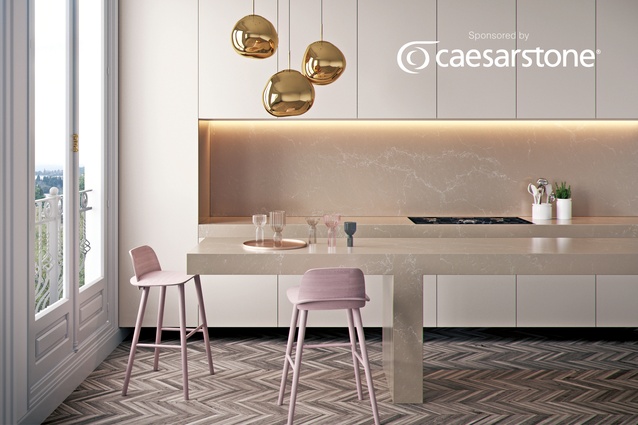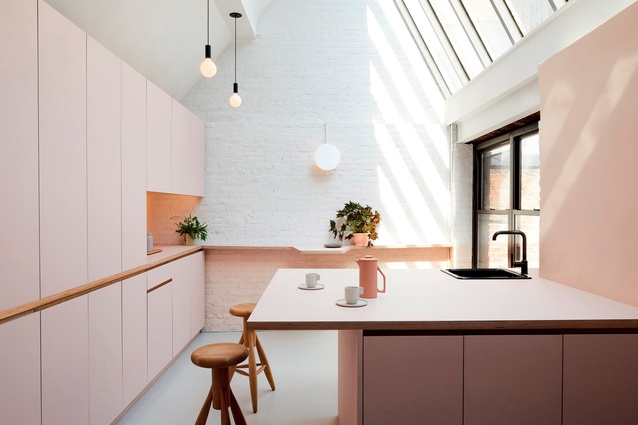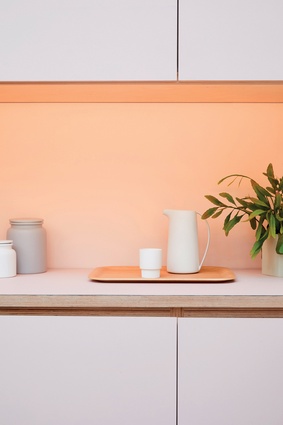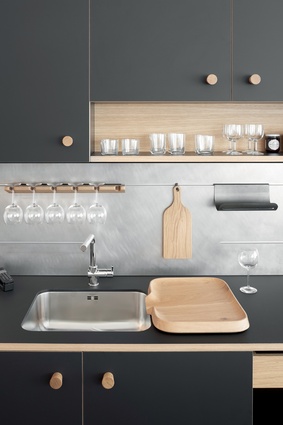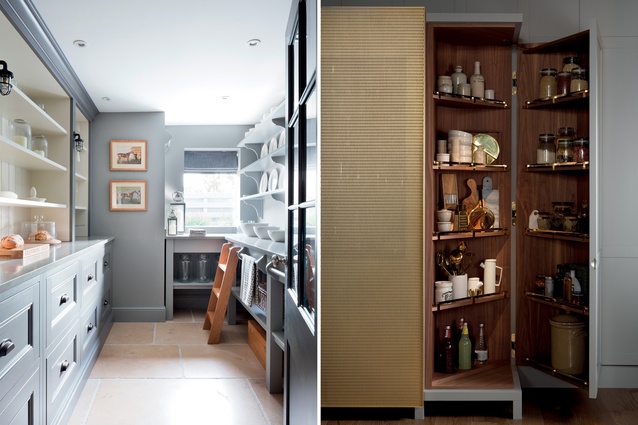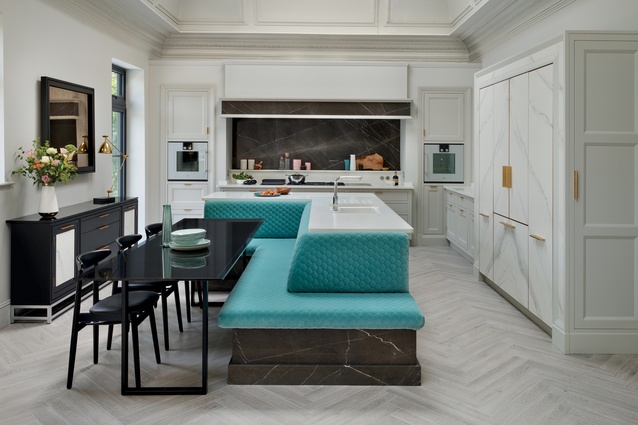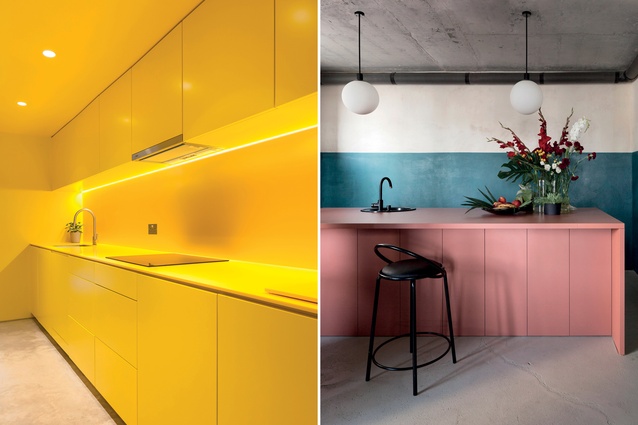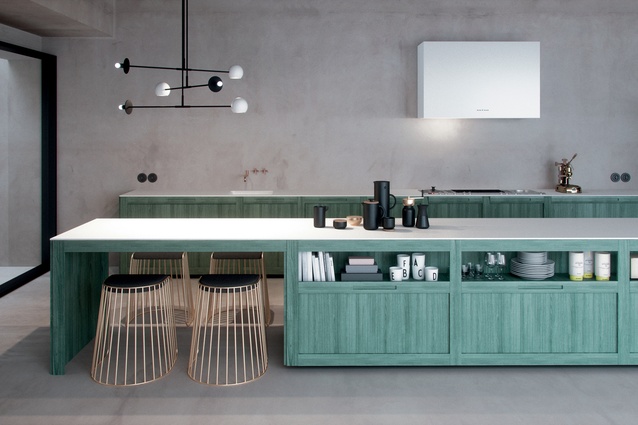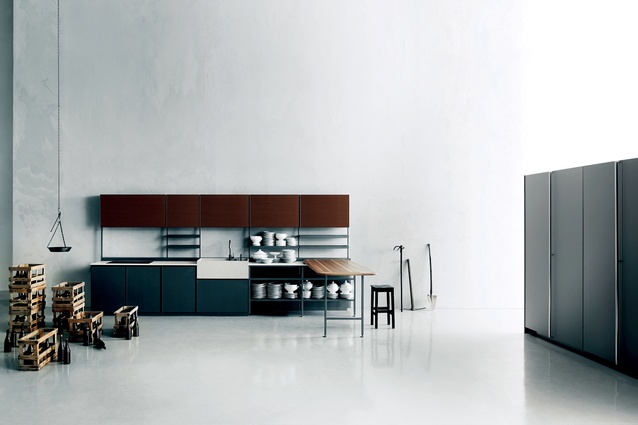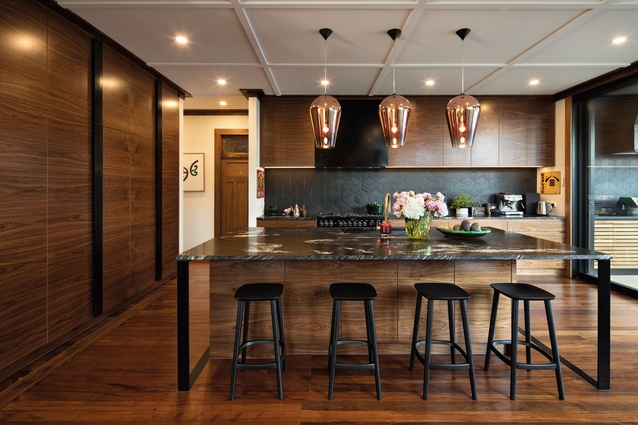2018 kitchen focus: international trends
Presented in association with Caesarstone, we take a look at the latest international kitchen trends and products, with design tips from some of New Zealand’s leading architects and designers.
Are seamless, monolithic kitchens, whose designs suppress evidence of family life or any sign of personal taste, becoming passé? “There’s an emerging trend for designers to incorporate open storage systems into kitchens, allowing cooking utensils and ingredients to be kept close at hand, which is usurping the orthodoxy of hiding everything behind closed doors,” says the London-based New Zealand product designer Tim Rundle.
As the family hearth of the home, a kitchen should be eclectic and welcoming in its design, not reduced to a characterless, sterile laboratory for food preparation. That trend in 21st-century kitchen design appears to have been driven by the desires of aspirational homeowners to impress their guests but, surely, luxury fittings and finishes are secondary to hospitality?
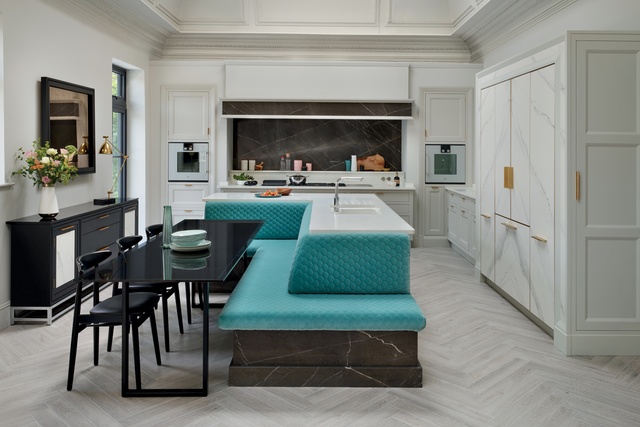
Hans Wegner’s mid-20th-century CH24 Wishbone chair (1949) has become the interior designers’ go-to seating for cashed-up clients. Instead, why not step away from the herd and give a shout-out to the achievement of the late Ingvar Kamprad (1926-2018) who, through IKEA, brought affordable design to ordinary people: those who’ve never visited the Milan Furniture Fair and probably never will. The company’s YPPERLIG chairs, designed by HAY, are sold at a fraction of the cost of designer chairs.
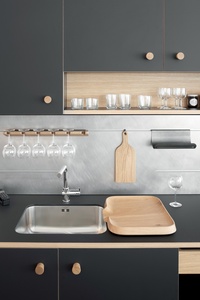
Doesn’t cooking, not covetous looking, define a good kitchen? Focus on perfecting your risotto, while we outline four emergent kitchen trends, to be indulged in moderation (or even taken with a pinch of salt): liveability, larders, colour and lighting.
Liveability
Tim Rundle identifies Jasper Morrison’s first industrially manufactured kitchen, LEPIC, designed for Schiffini (2016), as an early harbinger of change. It enables householders to customise its design to suit their requirements by choosing from many variations in cabinetry composition, combinations of different materials and balancing colours.
Larders
It’s difficult to imagine a kitchen without a fridge-freezer but domestic refrigeration became widely available only from the mid-20th century. Before then, larders positioned against south-facing walls (or north-facing in the northern hemisphere) were the norm. They’re resurgent in the 21st century, either as smaller rooms opening off kitchens or as large, freestanding cupboards within kitchens. Both arrangements reduce clutter in kitchens.
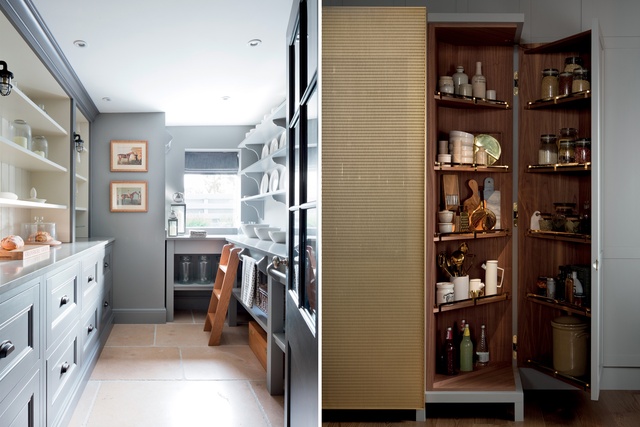
Colour
Brightly coloured finishes are gaining chromatic ground on kitchen appliances. Pillar-box red or shocking pink might have kick-started the switch to colour but the spectrum of subtler hues is also widening and is now being reflected throughout the kitchen. Belarusian architectural firm Studio 11 combined industrial finishes with plush furnishings and colourful art to create a highly personalised kitchen in its workspace in Minsk. The dusky blue wall contrasts with the salmon-pink bench.
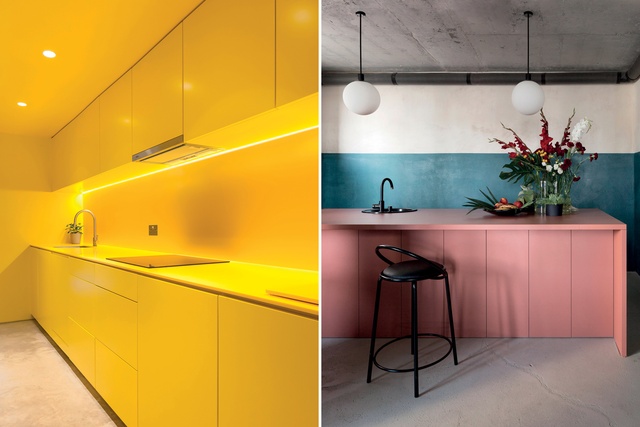
Lighting
A ceiling grid of spotlights is fine for providing task lighting while preparing food, but no one enjoys eating and socialising in rooms illuminated like freeways, when convivial meals are served. Kitchen lighting plans need to be flexible, to accommodate cooking, dining and living areas. Uplighters, table lamps or candles and tealights create a more relaxed atmosphere. Reflective metal surfaces and fittings contribute to warm lighting.
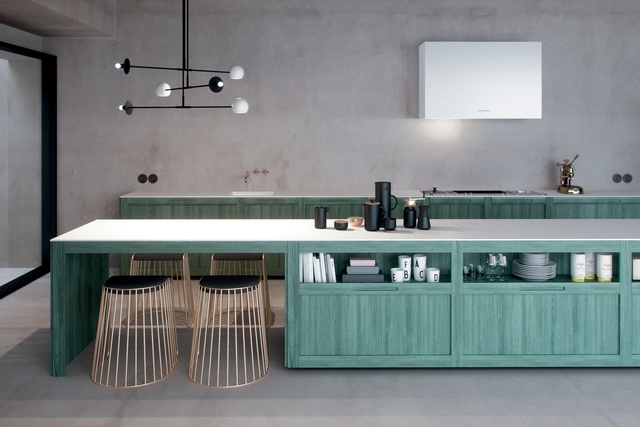
This article has been kindly sponsored by Caesarstone.

